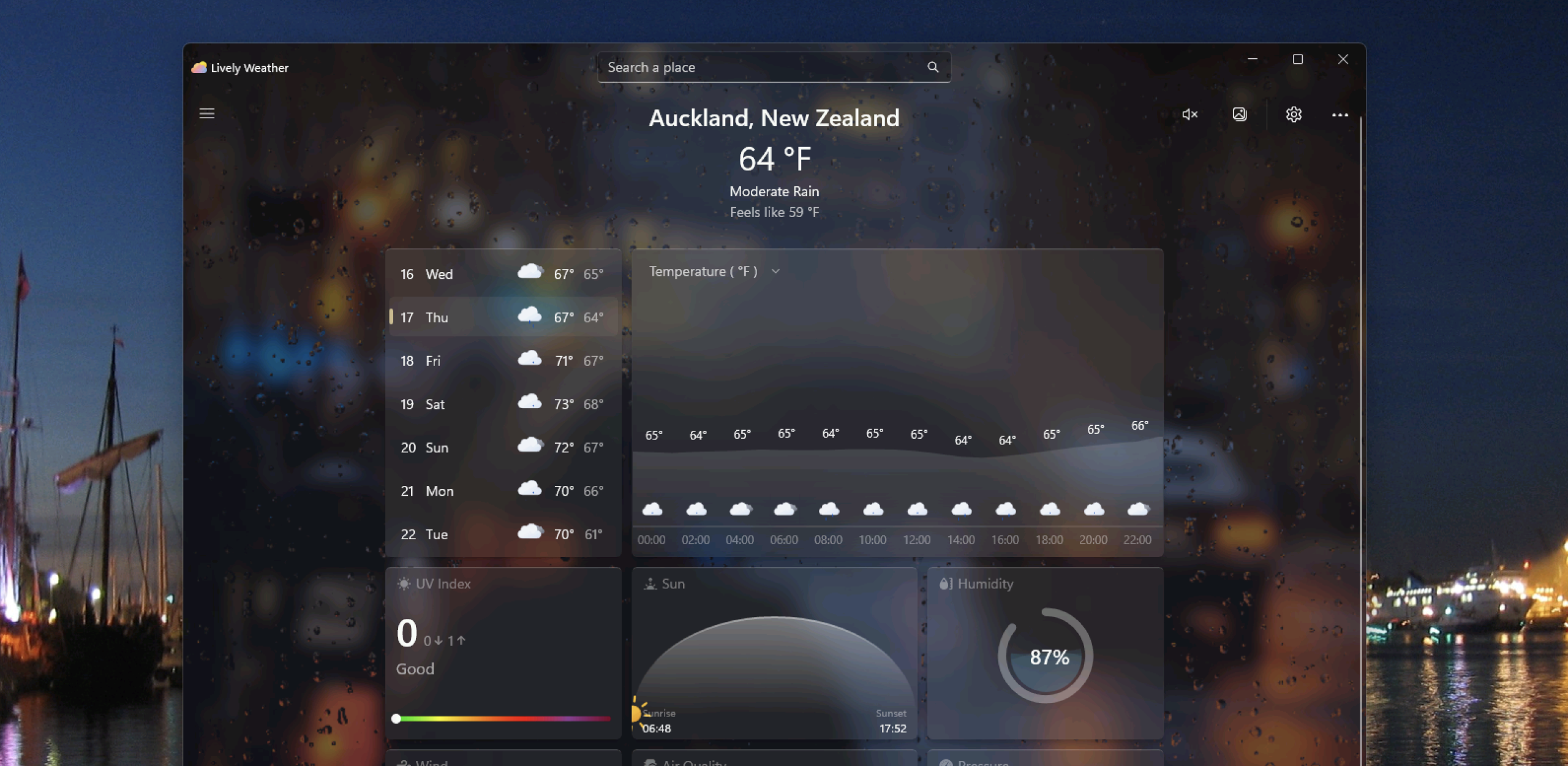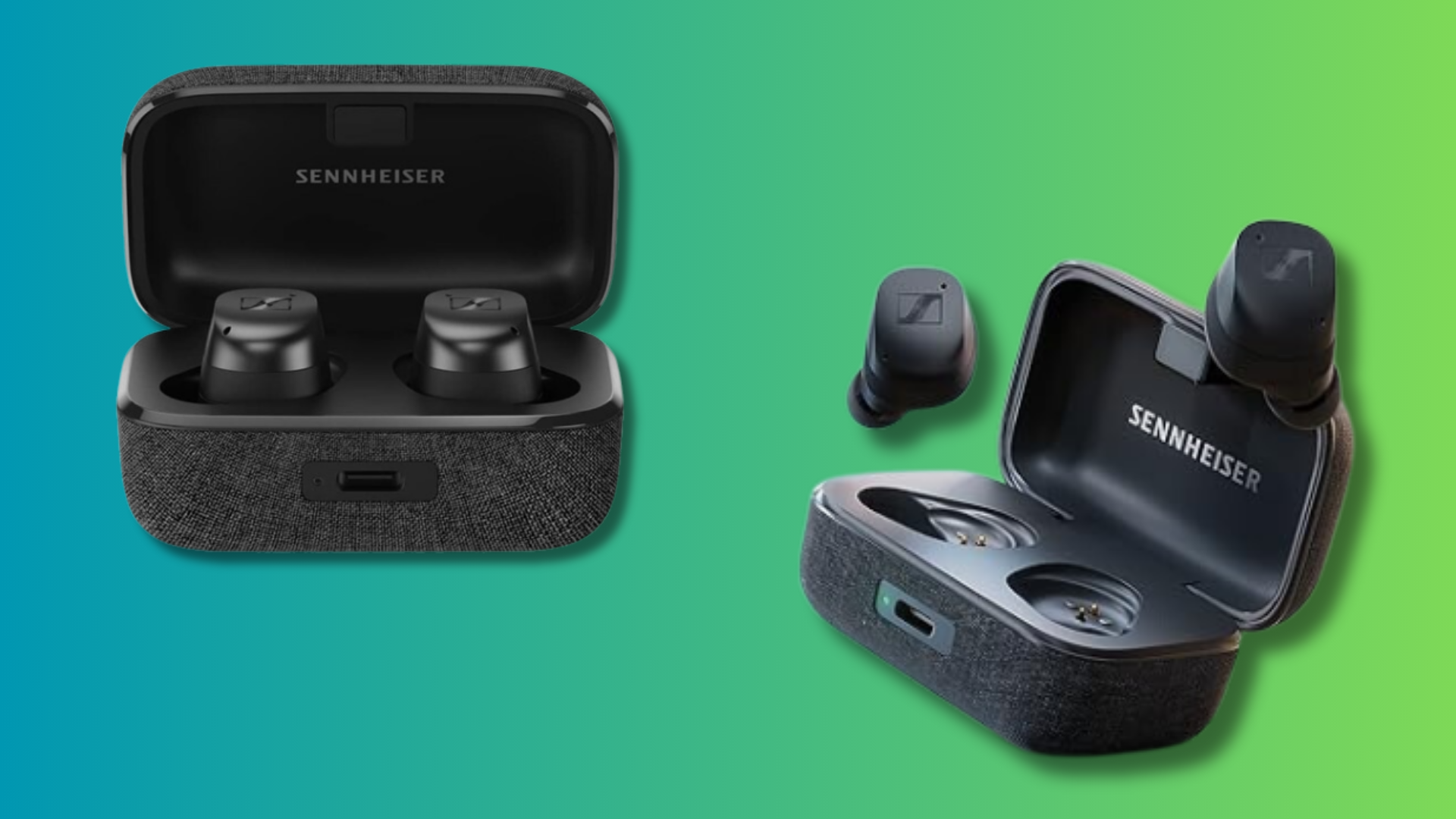Now Reading: Top Strategies to Maximize Your Small Garden Space
1
-
01
Top Strategies to Maximize Your Small Garden Space
Top Strategies to Maximize Your Small Garden Space

Quick Summary:
- Grocery prices are rising, and vegetable gardening can be a cost-saving and rewarding choice.
- Maximizing garden space is key to efficient food production; strategies include vertical planting and utilizing companion planting techniques.
- “Cut-and-come-again” crops like lettuce, celery, chard, and kale offer repeated harvests without killing the plant.
- Avoid planting space-heavy crops with low yields (e.g., cabbage, broccoli, cauliflower) unless specific conditions such as wintertime make them viable options.
- Growing mini versions of vegetables (e.g., cherry tomatoes or baby bell peppers) rather of full-size ones can yield higher productivity over time.
- Fast-growing crops like lettuce, radishes, cucumbers, scallions, etc., enable quicker harvest cycles compared to long-season vegetables such as Brussels sprouts or parsnips.
- Succession planting ensures continuous harvest by staggering crop growth every few weeks.
Images included in the article:
- Raised bed gardens optimizing vertical space.
!2000×2000.v1744912398.webp”>Butter Lettuce
- Space-heavy plants like cabbage identified for selective use based on seasons.
- Mini vegetable varieties yielding better growth efficiency (
Baby Bell Peppers).
























